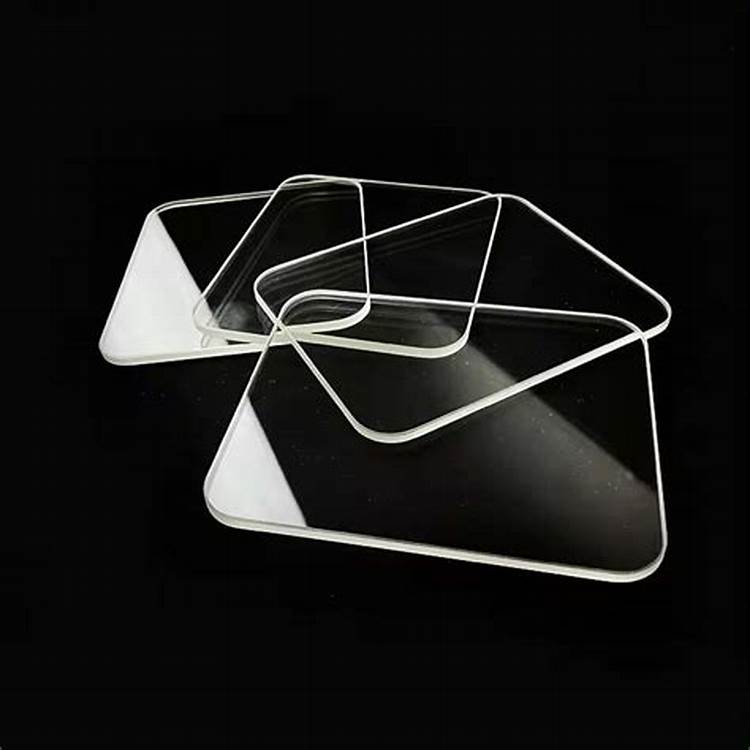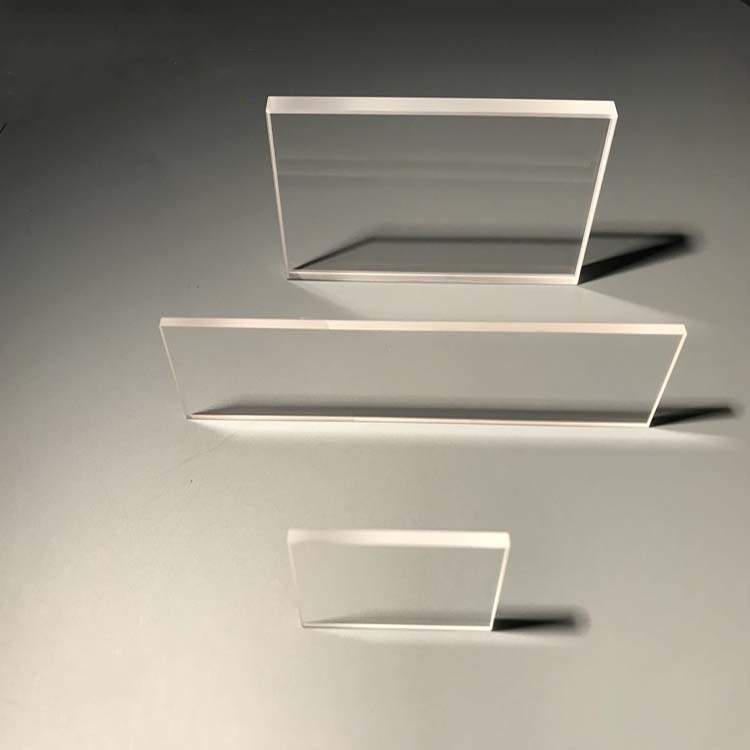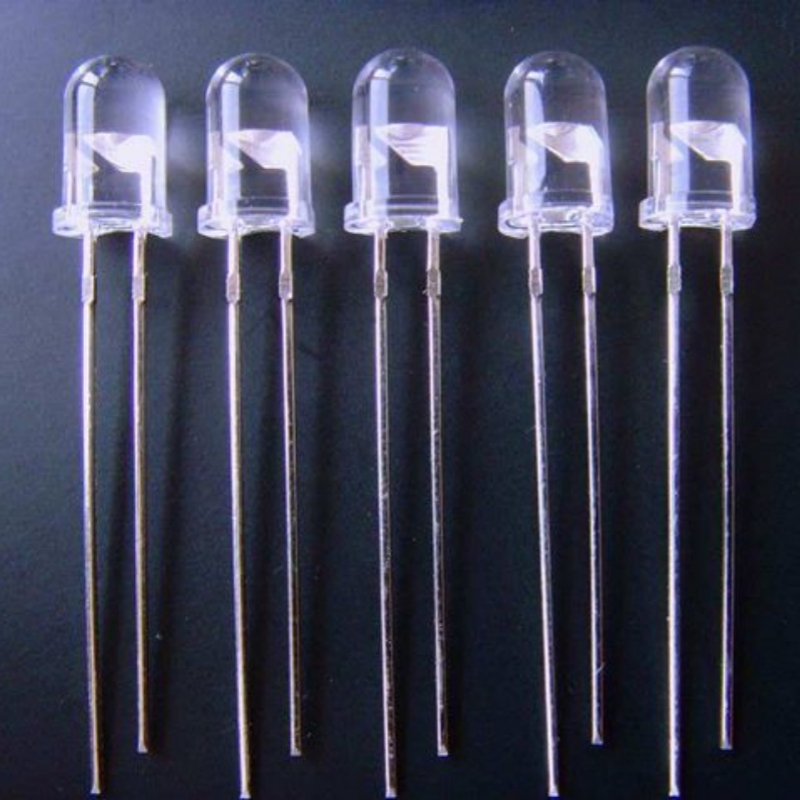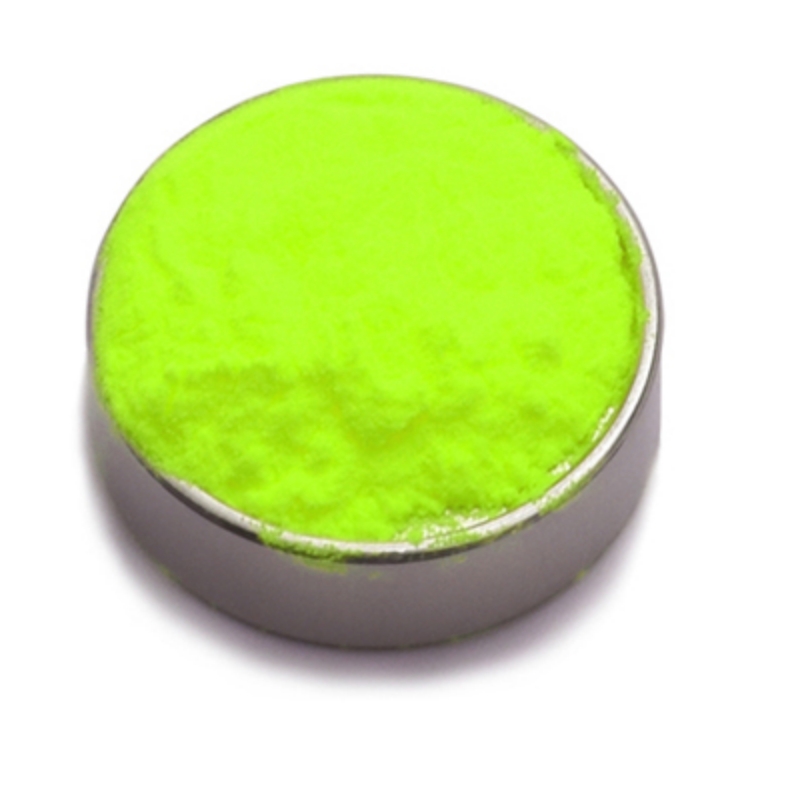Ceramic blood split valves offer exceptional precision, optimized biocompatibility, and superior wear resistance. Designed for medical fluid control applications, they ensure reliable performance, extended lifespan, and efficient flow regulation.
Product Overview:
The ceramic blood split valve is made from high-purity 99% alumina ceramic material, combined with precision machining techniques. It exhibits excellent wear resistance, corrosion resistance, and high hardness, making it especially suitable for valve components that require high precision and stability. Due to its unique material and structure, this valve can operate reliably and stably in high-temperature, high-pressure, and harsh environments. It is an essential component in various industrial fields.
Product Features:
- High Hardness:With a Rockwell hardness of HRA80-90, the hardness is close to diamond, far surpassing wear-resistant steel and stainless steel.
- Outstanding Wear Resistance:Wear resistance is 266 times that of manganese steel and 171.5 times that of high cast iron, significantly extending the lifespan of the equipment.
- Lightweight Design:The density is 3.5 g/cm³, much lower than steel, effectively reducing the overall load on equipment.
- Precision Machining:With a precision tolerance of ±0.01, it ensures accurate dimensions and reliable performance of the valve components.
- High Temperature and High Pressure Resistance:The valve is capable of withstanding extreme high-temperature and high-pressure conditions, making it suitable for demanding operating environments.
Applications:
- Petrochemical Industry:Used in heating, catalytic, and separation processes, improving operational stability and safety in valve systems.
- Metallurgical Industry:Widely used in high-temperature and high-pressure valve components in smelting equipment.
- Electronics Industry:Serves as a precision valve component in high-precision electronic manufacturing processes.
- Mechanical Manufacturing:Applied as wear-resistant and high-temperature components in industrial machinery, extending equipment life and reducing maintenance costs.
Submit Your RequirementsWe will contact you within 24 hours.
 WOBO Scientific Research New Materials One-Stop Service Platform
WOBO Scientific Research New Materials One-Stop Service Platform











